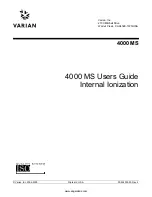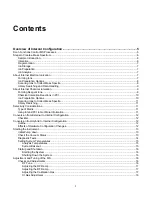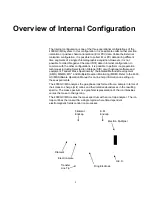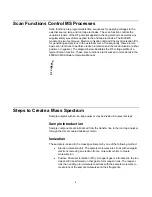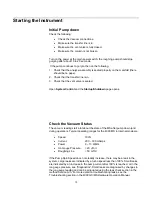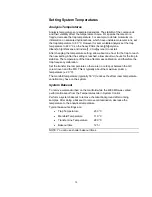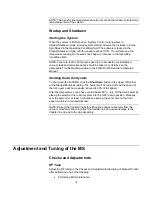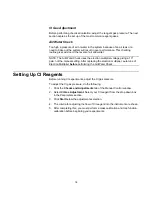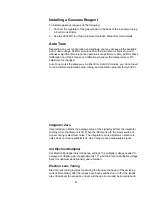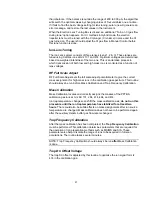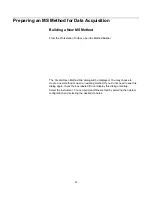
10
•
+
+
•
+
→
+
3
5
4
4
CH
CH
CH
CH
)
(
2
5
2
4
3
H
H
C
CH
CH
+
→
+
+
+
Chemical Ionization Reactions in PCI
In the second step, the reagent gas ions react with sample molecules in the ion
trap to form sample ions. The four principal reactions between reagent gas ions
and sample molecules are as follows:
(A) Proton transfer:
+
)
RH
(
+ M
→
(MH)
+
+ R
(B) Hydride abstraction:
+
R
+ M
→
[M-H]
+
+ RH
(C) Association:
+
R
+ M
→
(MR)
+
(D) Charge transfer:
+
R
+ M
→
+
M
+ R
where R
+
is the secondary reagent gas ion and M is the neutral sample molecule.
For methane CI, proton transfer (A) is the major reaction, and hydride abstraction
(B) is the next most often observed reaction. In both cases the resulting even-
electron ions are often relatively stable, and the observation of strong (M+1) or
(M-1) ions is possible even if the EI spectrum of the same component shows no
molecular ion. The exothermicity of the reactions determines the amount of
energy deposited; therefore the degree of fragmentation can be controlled by the
choice of a suitable CI reagent gas. The proton affinities of some common
reagent gases of this type, known as proton transfer agents or Bronsted acids,
range from 130 kcal/mol to 200 kcal/mol in the following order: methane, water,
isobutane, and ammonia (with ammonia resulting in the “softest” ionization).
Among the common liquid CI reagents, methanol has a proton affinity of 180.3
kcal/mol, while acetonitrile is 1862 kcal/mol. By choosing a suitable reagent gas,
you can obtain high specificity (i.e., less efficient detection of background or
matrix interferences compared to the analyte) as well as molecular weight
information for the compounds of interest.
Association reactions (C) typically have very low reaction rates, and the reaction
products require rapid collisional stabilization. The products of these association
reactions are called adduct ions because the reagent ion has been added to the
analyte. They are typically seen on the 4000 GC/MS in Internal configuration at
much lower abundance then the (M+1) ion, but when (M+29) and (M+41) adduct
ions are observed using methane, they are useful for verifying the molecular
weight.
The charge transfer reaction (D) produces a radical molecular ion (i.e., an ion
with an odd number of electrons) that dissociates quickly, giving EI-like spectra.
However, the energy deposited in the molecular ion and the resulting
fragmentation pattern does not depend on the electron energy of the ionizing
electrons.
Ion Preparation Options
The 4000 MS uses a combination of waveforms and RF to isolate, or remove,
specific ions after they are formed and are stored in the trap. Selected Ion
Storage (SIS) and Tandem Mass Spec (MS/MS) can be performed on the ions
stored in the ion trap before mass analysis takes place.
Summary of Contents for 4000 MS
Page 2: ......

